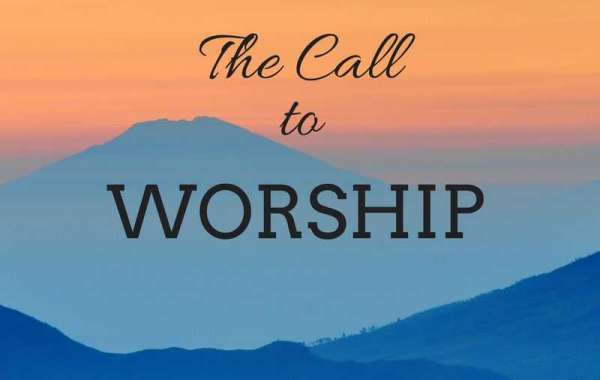In the tapestry of religious observance, the Call to Worship stands as a radiant thread, weaving together the fabric of communal devotion. It is more than a mere ritual; it is a sacred summons, an invitation for souls to gather in unity and reverence. Delving into the depths of this age-old tradition unveils its profound significance in shaping the spiritual landscape of congregations worldwide.
**Deciphering the Call to Worship:**
At its essence, the Call to Worship serves as a ceremonial prelude, signaling the commencement of a sacred assembly. It transcends the boundaries of time and space, drawing worshippers into a collective embrace of the divine presence. Rooted in tradition yet adaptable to the nuances of contemporary spirituality, its potency lies in its ability to resonate with the human soul across generations and cultures.
**The Dynamics of Transformation:**
Crafting a compelling Call to Worship is an art form that melds tradition with innovation, reverence with relevance. It is a dynamic process that requires sensitivity to the spiritual needs of the congregation and a deep understanding of the underlying ethos of the faith tradition. Through thoughtful selection of words, imagery, and tone, the Call to Worship becomes a catalyst for transformation, igniting the flames of devotion and inspiring hearts to soar.
**Key Elements of an Evocative Call to Worship:**
1. **Invocation of the Divine:** Begin with a reverential address to the divine, invoking the presence of the sacred in the midst of the gathered community.
*Example:* "O Eternal One, whose grace encompasses the universe and beyond..."
2. **Scriptural Anchoring:** Ground the invocation in the wisdom of sacred texts, drawing upon passages that resonate with the theme of the worship service.
*Example:* "As it is written in [Sacred Text], 'Behold, how good and pleasant it is when brothers and sisters dwell in unity!'"
3. **Engagement and Participation:** Foster active engagement through call-and-response elements or communal affirmations, inviting worshippers to join in the sacred dialogue.
*Example:* Leader: "Let us lift our voices in praise..."
Congregation: "...and bow our hearts in reverence."
4. **Moments of Contemplation:** Intersperse the invocation with pauses for silent reflection, allowing worshippers to internalize the sacred truths being proclaimed.
*Example:* "In the hush of this sacred moment, let us open ourselves to the whispers of the divine and the stirrings of our souls."
**Conclusion:**
The Call to Worship serves as a gateway to the sacred, a portal through which worshippers enter into communion with the divine. By embracing its transformative potential and infusing it with reverence, relevance, and authenticity, spiritual leaders can cultivate worship experiences that nourish the soul and deepen the bonds of community. May each Call to Worship be a testament to the enduring power of spiritual invocation, guiding seekers on their journey of faith with grace and illumination.







